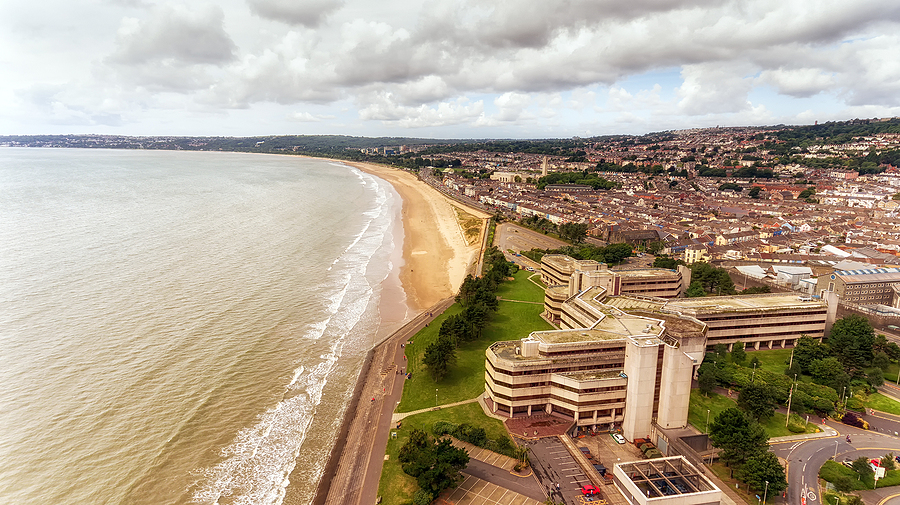There are many buildings across the UK needing concrete restoration and repair work, but anyone thinking these may just be crumbling, obscure structures that nobody cares about will not have seen the list of the most prominent ones at risk.
Every two years the 20th Century Society publishes its Buildings at Risk List and it has just produced its 2021 edition, with some notable entries.
The list includes the Oasis Centre in Swindon, which is not a listed building, but whose title inspired the name of the 1990s pop band. The local council said it would not be reopening after lockdown ends and developers have plans to demolish its distinctive dome.
While the connection with the band has ensured the Oasis Centre makes the most headlines, the building the society has placed at the top of its list is an archetypal post-war concrete development: the Bull Yard in Coventry. It is due to be demolished and replaced with new retail units.
Noting that it is just a fortnight before the place famous for Lady Godiva and the British car industry becomes the UK City of Culture, the body accused the city council of colluding with developer Shearer Property Group in an “appalling failure to protect its important post war architectural heritage”.
It argued that while the city’s new cathedral and its custom-designed link to the ruins of its adjacent Blitz-ruined predecessor was a prime example of good planning, other city centre developments such as the Bull Yard were “also designed with high levels of architectural ingenuity and ambition”.
The society’s list includes some other notable buildings that could be made to last with some good concrete repair and maintenance and a bit of planning for new uses, but are instead earmarked for demolition. These include the former London Electricity Board headquarters in Bethnal Green, Swansea Civic Centre, the Assembly Rooms in Derby and the Shirehall in Shrewsbury.
Much of the concern centres on refusals to grant such buildings listed status, which would require them to be maintained in largely (or almost exactly) the same state, depending on the exact status.
In the case of the Shirehall, for example, which was built in the 1960s as Shropshire County Council’s headquarters, the local authority has issued a certificate of immunity that means it cannot be listed for five years, a decision that local campaigners have been fighting against with the support of the 20th Century Society.
Speaking when the society declared its support for saving the building last October, director Catherine Croft said: “It’s an excellent example of civic architecture which if no longer required by the council should be converted to a new use.”
The threats to the buildings on the at-risk list are evidently real, with the society noting that of the 2019 list, Fawley Power Station in Hampshire and the former Birdseye headquarters of Walton Court in Surrey have now both been demolished, while the future of the other eight remains uncertain.
Among the surviving concrete or part-concrete structures that were included in the 2019 list are the BFI IMAX cinema at Lambeth in south London, and the Ardudwy Theatre & Residential Tower at Harlech in mid-Wales.

